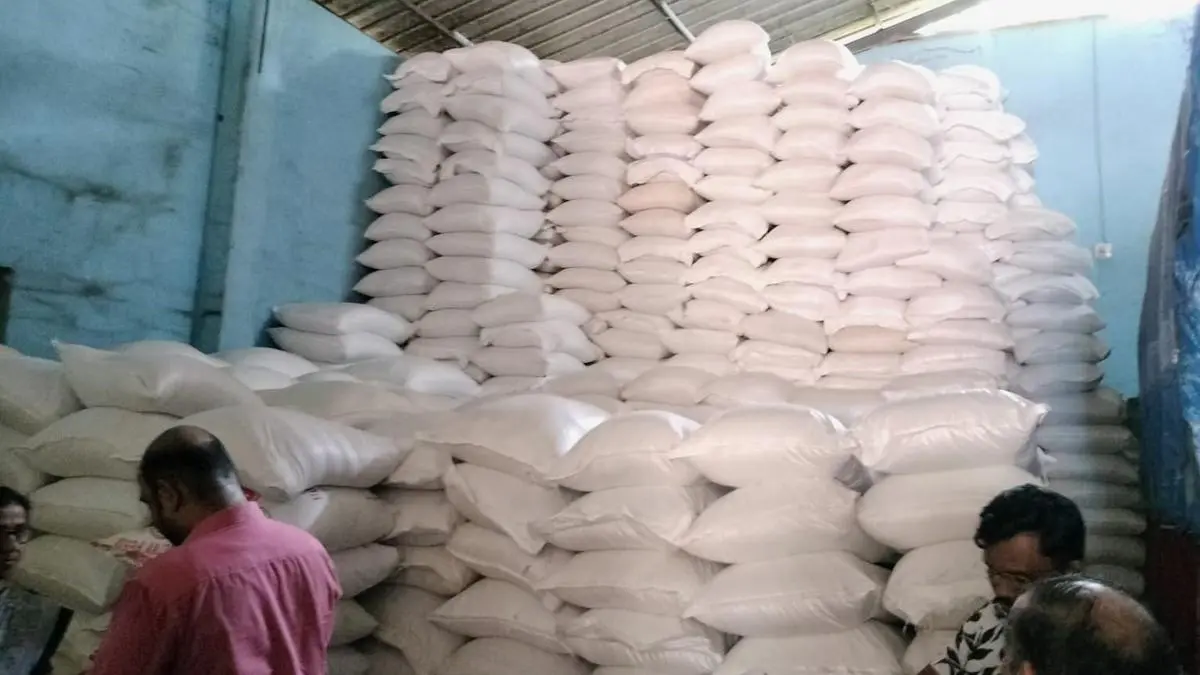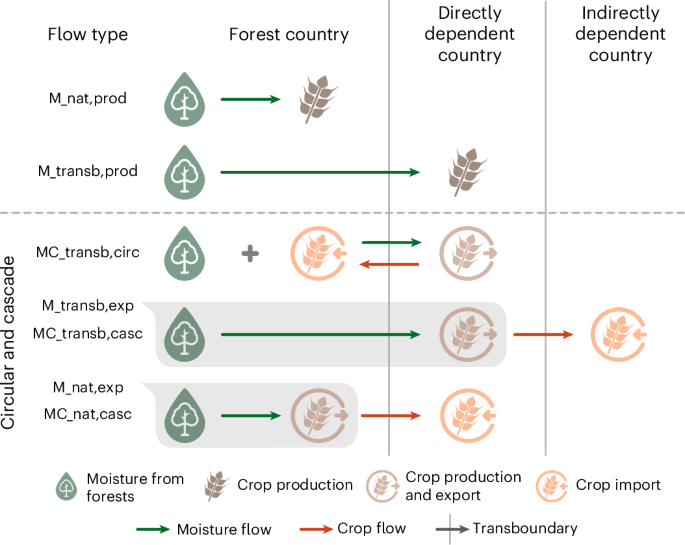Report on the Joint Faith-Based Initiative to Advance Sustainable Development Goal 2: Zero Hunger
1.0 Executive Summary
On October 22, a coalition of major faith-based organizations launched a “Joint Faith Statement on the Right to Food and Nutrition” in Rome. This initiative represents a significant multi-stakeholder effort to address global food insecurity and directly supports the achievement of the United Nations’ 2030 Agenda for Sustainable Development, with a primary focus on Sustainable Development Goal 2 (SDG 2): Zero Hunger.
2.0 Collaborative Framework and Alignment with SDG 17
The joint statement marks an unprecedented collaboration between different Christian denominations, exemplifying the principles of SDG 17: Partnerships for the Goals. The partnership mobilizes the collective resources and influence of its participants to advocate for global food security.
2.1 Key Stakeholders
- Caritas Internationalis
- World Vision
- World Council of Churches
3.0 Core Objectives and Contribution to SDG 2
The initiative’s central purpose is to advocate for the fundamental right to food and nutrition, a cornerstone for achieving SDG 2: Zero Hunger. The joint statement calls for systemic changes to ensure food security and improved nutrition for all.
3.1 Primary Aims in Relation to SDG 2 Targets
- End Hunger (Target 2.1): To advocate for policies that ensure universal access to safe, nutritious, and sufficient food all year round.
- End Malnutrition (Target 2.2): To address all forms of malnutrition by promoting access to nutritious food and raising awareness of dietary needs.
- Promote Sustainable Agriculture (Target 2.4): To support food production systems that are sustainable and resilient, ensuring long-term food security.
4.0 Strategic Context
The launch event was strategically hosted by Caritas Internationalis at Palazzo San Calisto during the 53rd Session of the Committee on World Food Security (CFS). This timing allowed the faith leaders to present their unified position to a key international body responsible for reviewing and following up on policies concerning world food security. This action aligns with efforts to build effective, accountable, and inclusive institutions, as outlined in SDG 16: Peace, Justice and Strong Institutions.
5.0 Conclusion
The joint statement by Caritas Internationalis, World Vision, and the World Council of Churches is a critical faith-led advocacy effort that reinforces the global commitment to the 2030 Agenda. By uniting to combat hunger, these organizations provide a powerful model for how non-state actors can contribute to achieving SDG 2 and SDG 17, transforming political will into tangible action to eradicate hunger and malnutrition.
Analysis of Sustainable Development Goals (SDGs) in the Article
-
Which SDGs are addressed or connected to the issues highlighted in the article?
The article primarily addresses two Sustainable Development Goals:
- SDG 2: Zero Hunger: The central theme of the article is the fight against hunger. The title, “Faith leaders unite against hunger,” and the mention of a “Joint Faith Statement on the Right to Food and Nutrition” and “food security” directly connect to the core mission of this goal, which is to end hunger, achieve food security, improve nutrition, and promote sustainable agriculture.
- SDG 17: Partnerships for the Goals: The article highlights an “unprecedented collaboration on food security between different Christian denominations,” specifically naming Caritas Internationalis, World Vision, and the World Council of Churches. This joint effort exemplifies the principle of SDG 17, which emphasizes the need for multi-stakeholder partnerships to achieve sustainable development objectives.
-
What specific targets under those SDGs can be identified based on the article’s content?
Based on the article’s focus, the following specific targets can be identified:
- Target 2.1: “By 2030, end hunger and ensure access by all people… to safe, nutritious and sufficient food all year round.” The article’s emphasis on the “Right to Food” and the general call to “unite against hunger” directly aligns with this target of universal access to food.
- Target 2.2: “By 2030, end all forms of malnutrition…” The joint statement’s focus on the “Right to Food and Nutrition” explicitly includes nutrition, which is the central point of this target.
- Target 17.17: “Encourage and promote effective public, public-private and civil society partnerships…” The article describes a clear example of a civil society partnership. The collaboration between Caritas Internationalis, World Vision, and the World Council of Churches is a direct manifestation of this target, showcasing how non-governmental and faith-based organizations can partner to address global challenges like hunger.
-
Are there any indicators mentioned or implied in the article that can be used to measure progress towards the identified targets?
The article does not mention explicit quantitative indicators. However, it implies the relevance of certain indicators by focusing on specific problems:
- Implied Indicator for Target 2.1: The focus on ending hunger implies that progress would be measured by a reduction in the number of people suffering from it. This points to indicators like 2.1.1 (Prevalence of undernourishment) and 2.1.2 (Prevalence of moderate or severe food insecurity in the population). The entire initiative described in the article is aimed at improving these metrics.
- Implied Indicator for Target 2.2: By including “nutrition” in their joint statement, the organizations imply that progress would be measured by improvements in nutritional outcomes. This relates to indicators such as 2.2.1 (Prevalence of stunting among children under 5 years of age) and 2.2.2 (Prevalence of malnutrition… among children under 5 years of age).
- Implied Indicator for Target 17.17: The article itself is evidence of a partnership. The “Joint Faith Statement” is a tangible outcome of this collaboration. While the official indicator 17.17.1 measures the “Amount of United States dollars committed to public-private and civil society partnerships,” the existence of this “unprecedented collaboration” serves as a qualitative indicator of the formation of effective civil society partnerships to achieve the SDGs.
SDGs, Targets, and Indicators Table
| SDGs | Targets | Indicators (Implied from the article) |
|---|---|---|
| SDG 2: Zero Hunger | 2.1: End hunger and ensure access to safe, nutritious and sufficient food for all. | The initiative aims to reduce the Prevalence of undernourishment (2.1.1) and the Prevalence of moderate or severe food insecurity (2.1.2) by advocating for the “Right to Food.” |
| SDG 2: Zero Hunger | 2.2: End all forms of malnutrition. | The focus on “Nutrition” in the joint statement implies a goal to improve outcomes measured by the Prevalence of stunting (2.2.1) and malnutrition (2.2.2) among children. |
| SDG 17: Partnerships for the Goals | 17.17: Encourage and promote effective public, public-private and civil society partnerships. | The “unprecedented collaboration” between Caritas, World Vision, and the World Council of Churches is a qualitative example of a civil society partnership, which is what indicator 17.17.1 aims to track. |
Source: caritas.org







